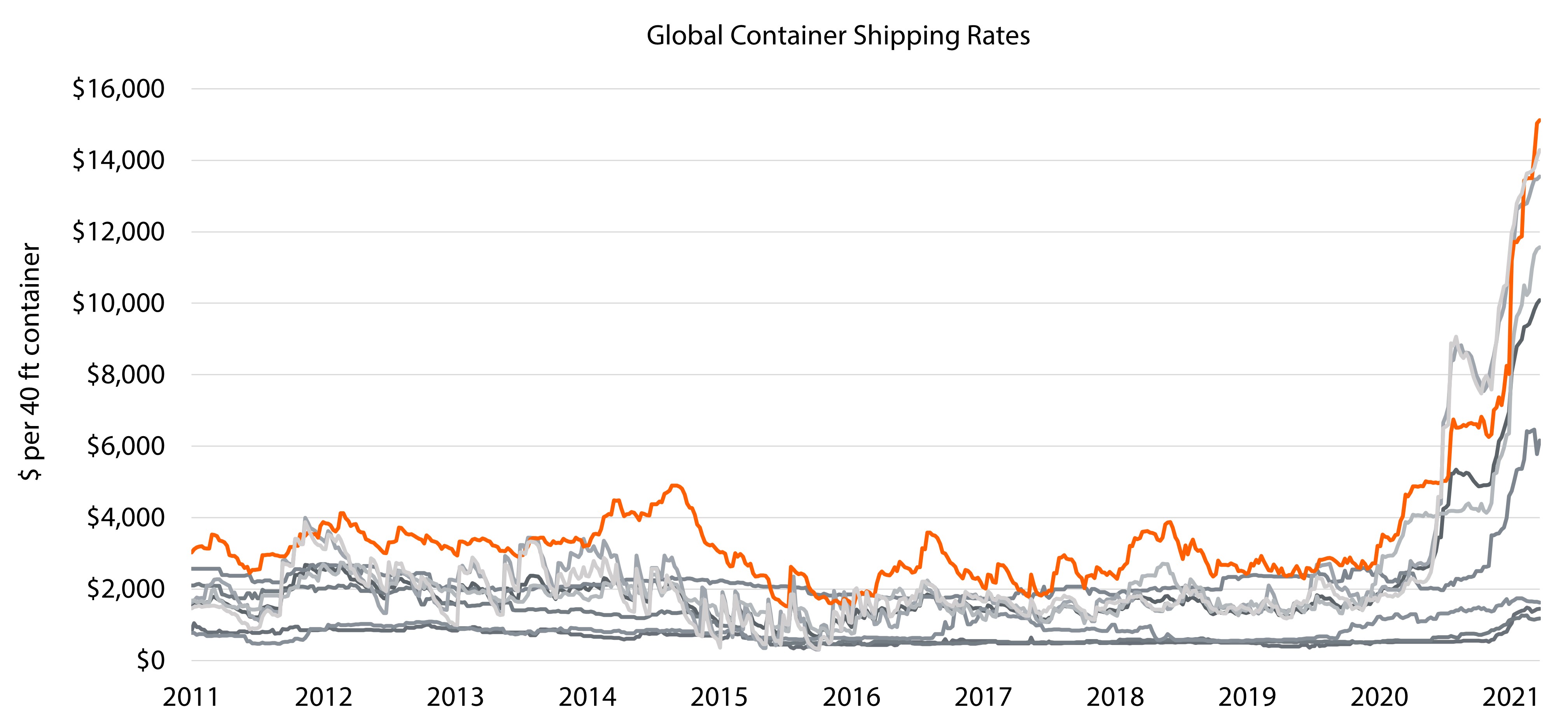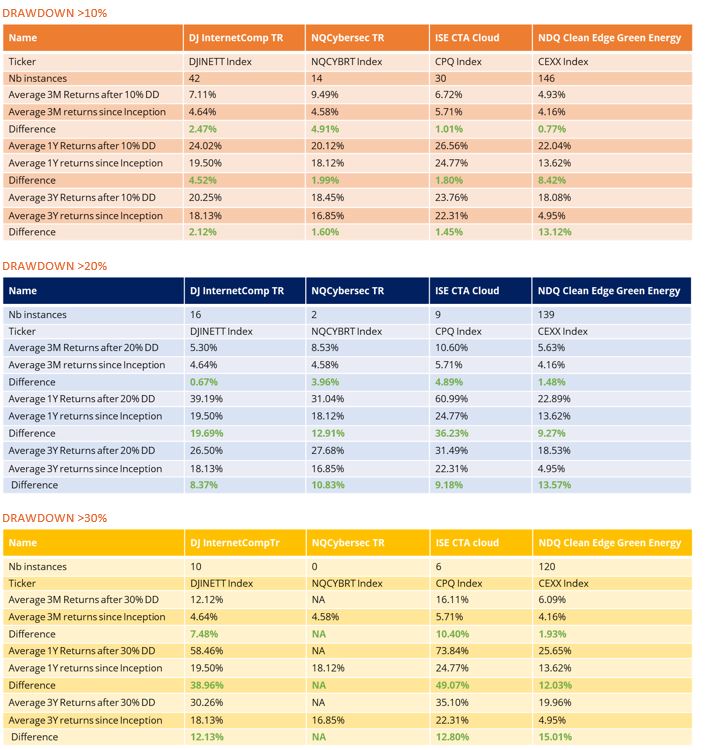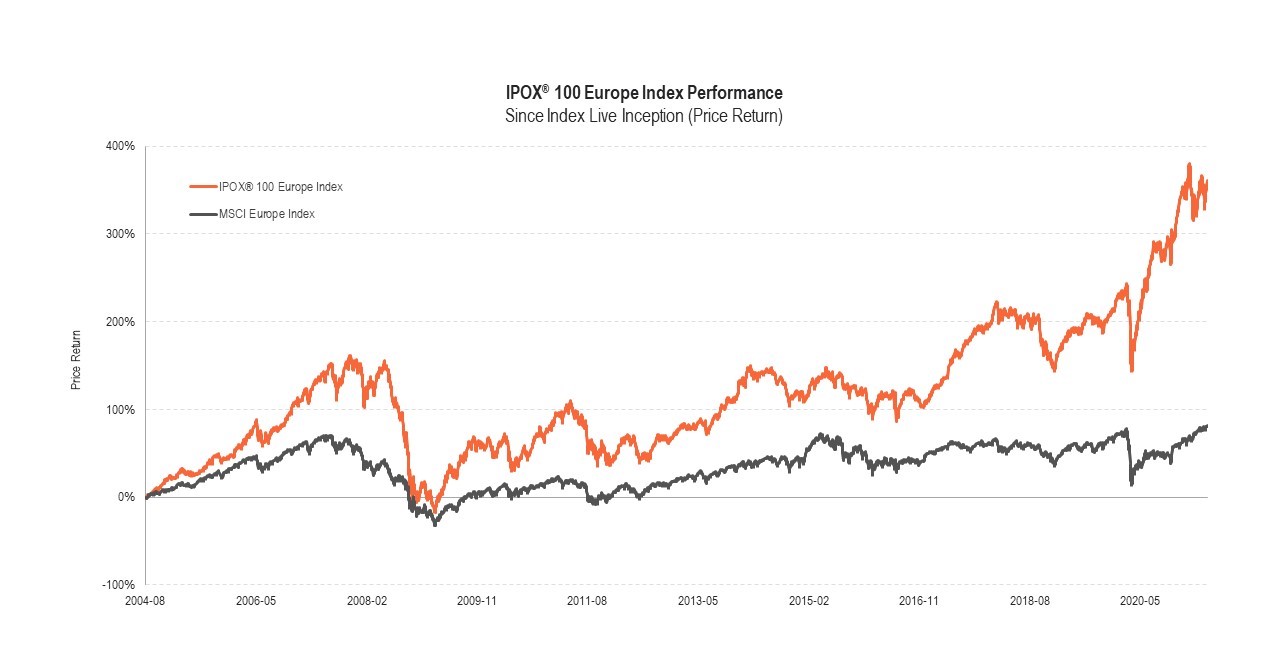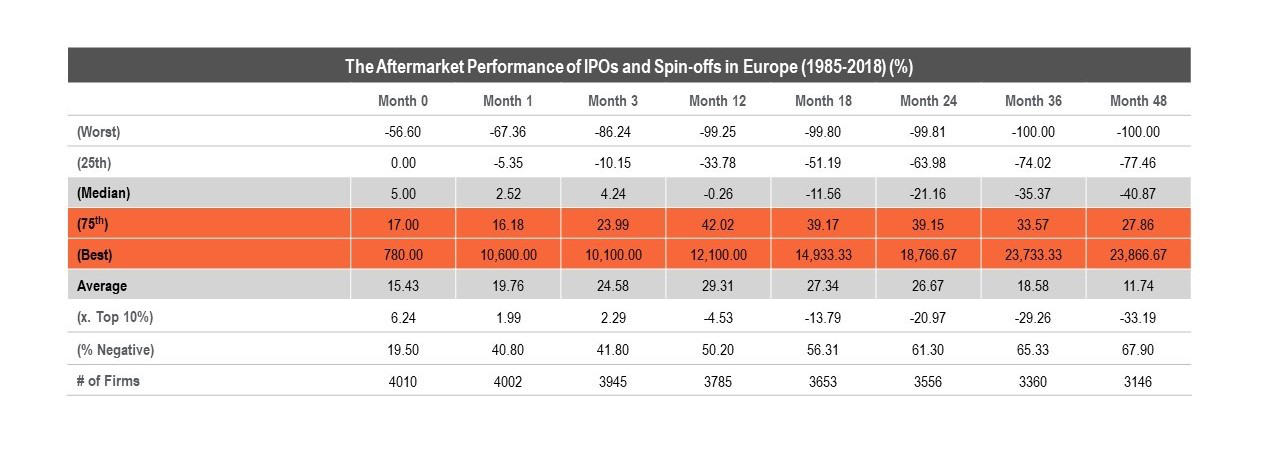Additionally, Maersk appear to be one of the few beneficiaries of the current global supply chain constraints.
Its recent earnings update saw the firm raise profit guidance this year after freight rates soared.
The world’s largest container line added almost $5 billion to the midpoint of its operating profit forecast while revenue grew 58 % to $14.2bn in Q2 this year.
The reason?
A little over a year ago a container (40-foot box) could be shipped from Shanghai to New York at a cost of $2,500, on 24th June we saw that price spike to over $11,000 and now we’ve seen prices reach over $15,000. This represents a climb of over 500% from a year ago (see chart below).
Not many ETFs offer investors exposure to a shipping giant created in 1904 (APM) and a semi-conductor manufacturer providing chips for gamers, streamers and Tesla’s alike (Nvidia).
Thematic investing can help. Blockchain is a foundational technology which straddles sectorial barriers, and therefore requires a thematic strategy that can tap directly into the ways in which businesses are adapting alongside this technology.
Blockchain is often referred to as the Trust Protocol. Thematic investing is less about a company’s growth story, more about the underlying tectonic shifts which move markets.
Finding those chip makers that are enabling the continuation of our digital revolution, is really what sets thematic investors apart.
From chips to ships, the global supply chains appears heavily constricted for the foreseeable future.
However, by utilising blockchain technology, these ships are using chips (not McDonald’s variety) to help solve these issues and alleviate the pressure on the chain.
Far from being used solely by these ships, blockchain is alleviating supply chain pressures across an array of other segments the world over; from cross border trade, to food supply, and even to aviation.

Source: Bloomberg, dates from 23/6/2011 – 9/9/20211 Highlighted route is Shanghai to New York.
Important Information
This financial promotion is issued by First Trust Global Portfolios Management Limited (“FTGPM”) of Fitzwilliam Hall, Fitzwilliam Place, Dublin 2, D02 T292. FTGPM is authorised and regulated by the Central Bank of Ireland (“CBI”) (C185737). The Fund is also regulated by the CBI.
Nothing contained herein constitutes investment, legal, tax or other advice and it is not to be solely relied on in making an investment or other decision, nor does the document implicitly or explicitly recommend or suggest an investment strategy, reach conclusions in relation to an investment strategy for the reader, or provide any opinions as to the present or future value or price of any fund. It is not an invitation, offer, or solicitation to engage in any investment activity, including making an investment in a Fund, nor does the information, recommendations or opinions expressed herein constitute an offer for sale of a Fund.
1 WCI Composite Container Freight Benchmark Rate per 40 Foot Box. The World Container Index assessed by Drewry reports actual spot container freight rates for major East West trade routes, consisting of 8 route-specific indices representing individual shipping routes and a composite index. All indices are reported in USD per Forty Foot Container. The composite represents a weighted average of the 8 shipping routes by volume. Shipping routes include Shanghai - Rotterdam, Rotterdam - Shanghai, Shanghai - Genoa, Shanghai - Los Angeles, Los Angeles - Shanghai, Shanghai - New York, New York - Rotterdam, Rotterdam - New York. Market assessments report the value of agreed and used freight rates between major container lines and shippers or freight forwarders. The agreed freight rates are reported for dry cargo shipped under the category of Freight All Kinds (FAK).








Share